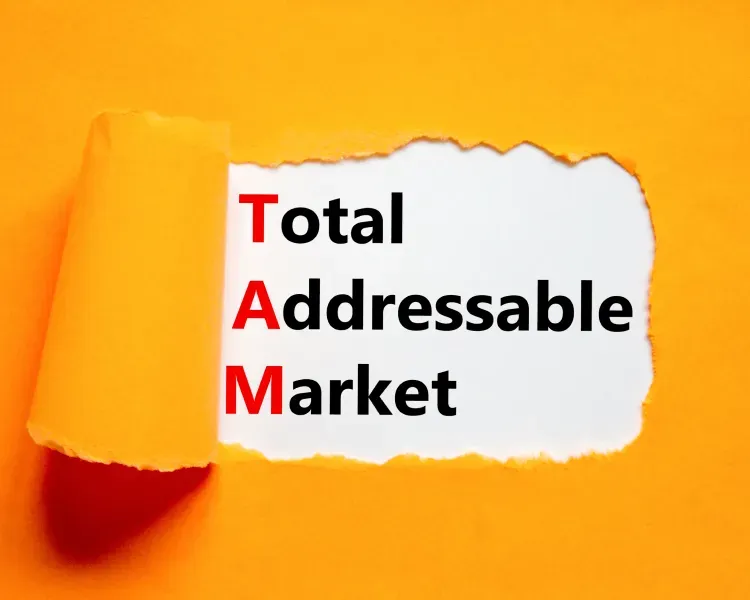Identifying TAM (totally addressable market) for start-ups

Following demo days this August around the US, I left with one big impression: most founders either inflate TAM to impress or underestimate it because they anchor on today’s product. Both mistakes are dangerous. I heard polished decks claiming “a 50 billion dollar market” with no clear definition of who the buyer actually was. On the other side, I met thoughtful teams underselling themselves by calculating TAM only for their first feature or geography. Neither is useful and both can quietly kill your company.
My go-to way of sizing a market
After years of tinkering with both methods, I only trust bottom-up TAM by default. It’s not glamorous, but it’s the one investors respect. The formula is deceptively simple: number of potential customers × average annual spend per customer. Everything else is storytelling.
When I sat with founders in Austin and San Francisco this summer, I kept nudging them away from Gartner headlines and back toward messy ground truth. A few examples:
- Instead of saying “all SMBs in America,” one fintech founder recalibrated to “US restaurants with more than 5 locations that already use cloud-based POS.” The buyer count dropped 90%, but the credibility of the pitch went through the roof.
- A healthtech team switched from a “multi-billion-dollar wellness industry” slide to Census data on the number of independent clinics in their target states. Suddenly their TAM conversation shifted from wishful to defensible.
Bottom-up forces you to know your paying unit - is it a company, a clinic, a seat license, or a household? Then you multiply by a price you can defend with actual contracts, pilots, or comparable products. It’s harder work, but it pays off when someone challenges you at Q&A.
The checks I run on my own numbers
Whenever I’ve had to put my own TAM in front of a board or an investor, I run through five sanity checks:
- Census-first logic — If I can’t tie my buyer count to a public dataset (Census, SBA, industry registries), I know I’m on shaky ground.
- 10-K triangulation — Public comps are gold. If a listed company discloses customer counts and segment revenue, I benchmark my TAM against that.
- Exclusions matter — I explicitly state who’s not in my TAM (too small, wrong tech stack, unwilling to pay). Exclusions build trust.
- Distribution realism — If I can’t reach those buyers with my channels today, they belong in “future TAM,” not in the main number.
- Demand signals — A pilot, a letter of intent, or even paid beta customers do more to validate TAM than any spreadsheet.
It’s amazing how often founders skip #2 and #5. If you want to stand out, do those.
A founder’s playbook you can steal
Here’s the short version of how I’d build it today:
- Define your ICP: Buyer, geography, and constraint in one clear sentence.
- Count the buyers: Use registries, not recycled blog posts.
- Price it: Ground pricing in actual contracts, not wishful list prices.
- Show TAM, SAM, SOM: Make your math explicit, with conservative and aggressive cases.
- Cross-check with reality: Compare to comps, distribution limits, and demand evidence.
That’s it. No magic, no shortcuts, just discipline. The upside? Your TAM slide stops being a vanity number and becomes a strategic tool for where to focus, who to sell to first, and how to grow.
Thank you for reading - Arjus




